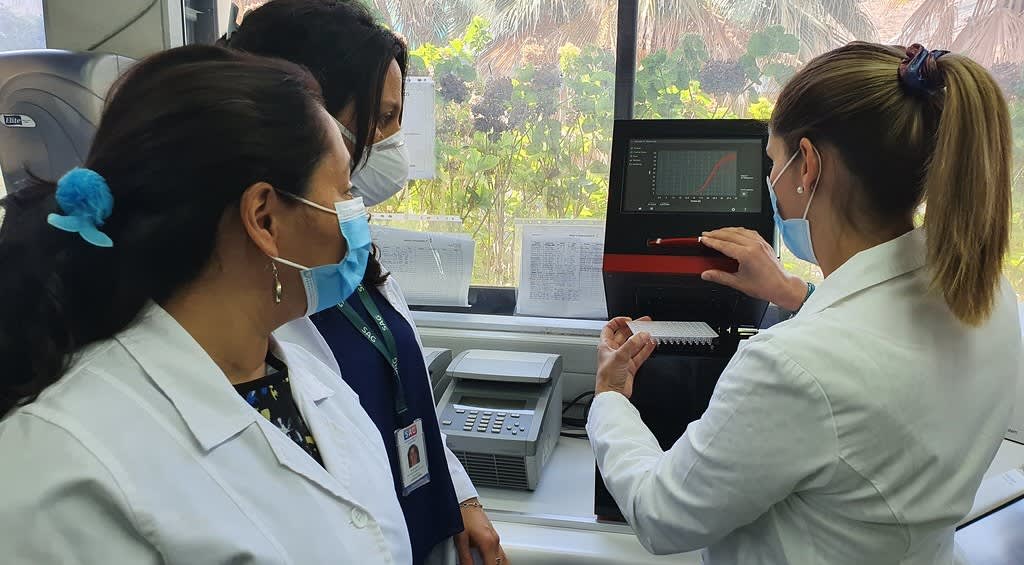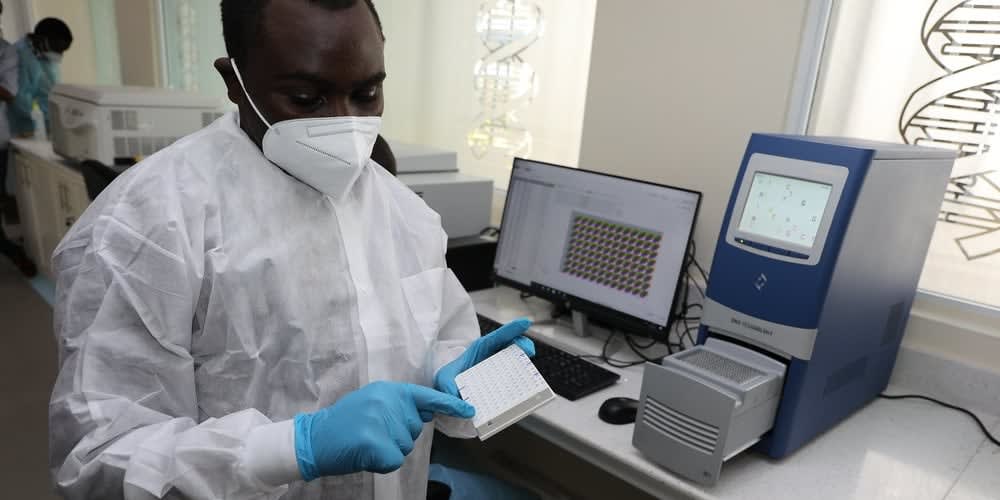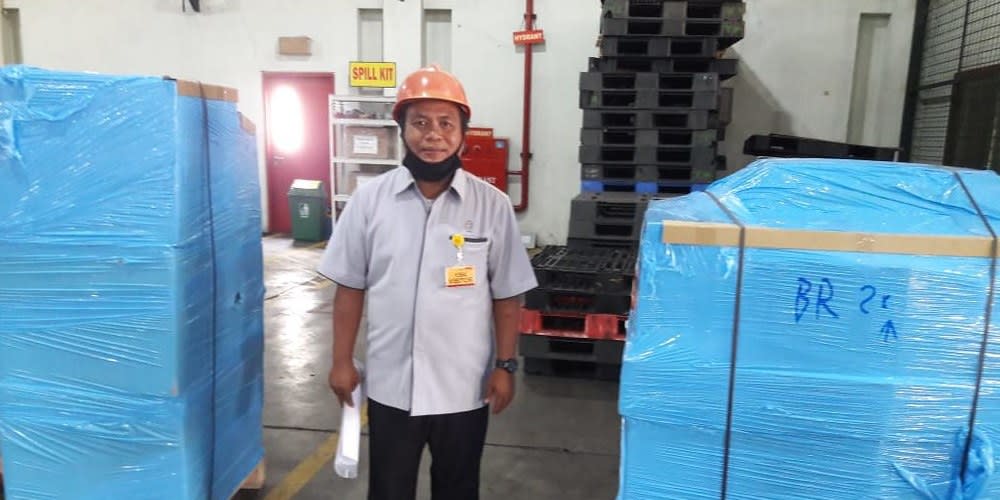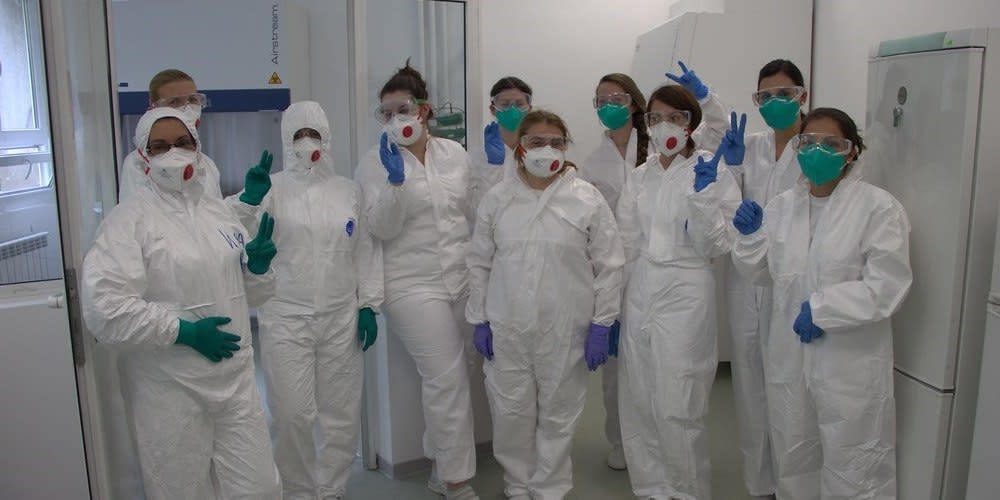Enhancing national laboratories’ diagnostic capabilities for COVID-19
Enhancing national laboratories’ diagnostic capabilities for COVID-19
Helping to close the diagnostic testing gap particularly in low-and-middle-income countries
As COVID-19 rapidly spread across the globe in 2020, we knew we had an urgent responsibility to support the essential efforts in the fight against the novel coronavirus. Guided by our values, we aimed to address the impacts of COVID-19 by partnering with the International Atomic Energy Agency (IAEA) as part of our Global Corporate Social Responsibility (CSR) partnerships.
The goal of this partnership was to build diagnostic capabilities through equipment and technical guidance and training to help national-designated laboratories and institutions detect and identify the novel coronavirus that causes COVID-19.
Impact by the numbers
We donated 500 million Japanese yen (approximately USD 4.6 million1,2) to help the IAEA continue providing diagnostic kits and biosafety equipment, as well as technical advice and guidance, to enable the rapid and accurate detection of the COVID-19 virus in places where it was needed most.
We supported a total of 49 national laboratories and institutions in 37 countries across Africa, Asia Pacific, Europe, Latin America and the Caribbean with our contribution between July 2020 and December 2021. As a result, a total of 98,000 people were positively impacted.
Our contribution allowed national laboratories, particularly in low-and-middle-income countries, to reduce the diagnostic testing gap seen at the outbreak of the pandemic.
The initiative enhanced COVID-19 diagnostic testing capacity. Our contribution proved to have the biggest impact in the Africa and Asia and the Pacific regions, which experienced the most direct benefits in terms of enhancement of the capacity to test and diagnose COVID-19.
The procurement and logistics operation managed by the IAEA was time- and cost-efficient. A series of bulk buying agreeements with suppliers and freight carriers ensured the rapid procurement and shipment of goods at favorable market rates thanks to economies of scale.
Laboratories that benefitted from Takeda's support through the IAEA aim to use the equipment provided to perform testing for coronavirus variants and other conditions in the longer term. Continued IAEA support will also help them undertake environmental monitoring for viral and bacterial air-related diseases.
Testing for COVID-19 and beyond
Our contribution goes beyond just the COVID-19 pandemic. In fact, 90% of the recipient laboratories and institutions that benefitted from our partnership with the IAEA will be able to continue diagnostic testing beyond the pandemic. They also intend to use the real time RT-PCR equipment to test for genotyping of SARS-CoV-2 variants, as well as to test virus such as HIV and genetics makers, animal pathogens, influenza A&B, HPV, and to undertake environmental monitoring for viral bacterial air related diseases.
Supporting global COVID-19 response efforts on a larger scale
Our contribution to the IAEA was part of JPY 2.5 billion (USD 23 million2) support package for three United Nations agencies, which align directly with the United Nations’ Global Humanitarian Response Plan for COVID-19. A donation of JPY 1.5 billion (USD 14 million2) helped the World Food Programme strengthen public health supply chains and improve country-level pandemic preparedness to help provide better access to supplies for vulnerable populations. We also donated JPY 500 million (USD 4.6 million2) to help the United Nations Population Fund ensure access to quality maternal and newborn health care, including for those facing life-threatening complications during the crisis.






